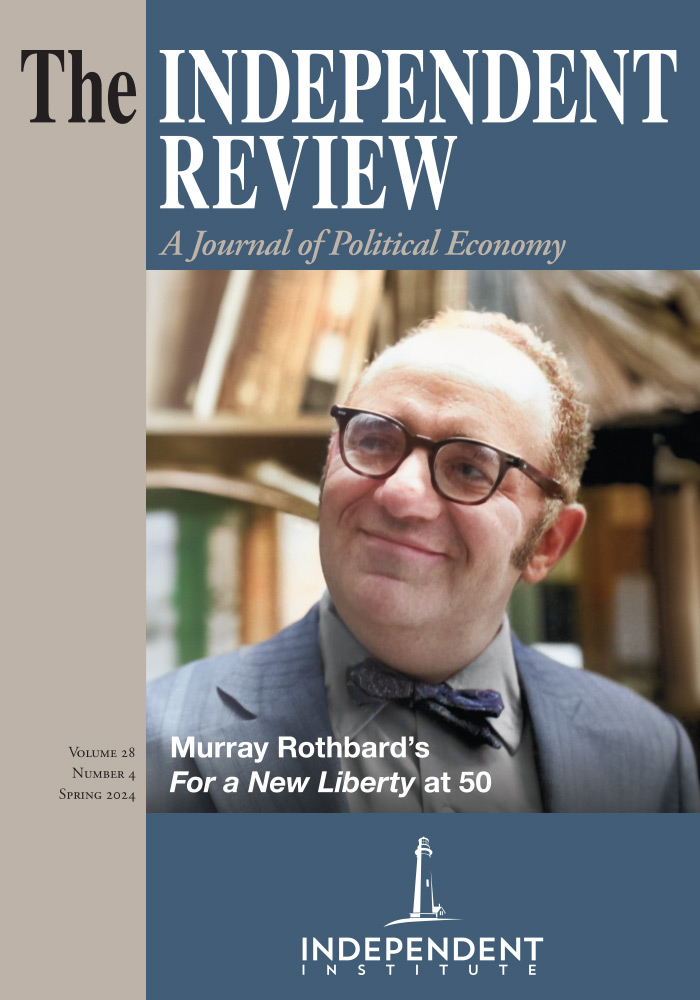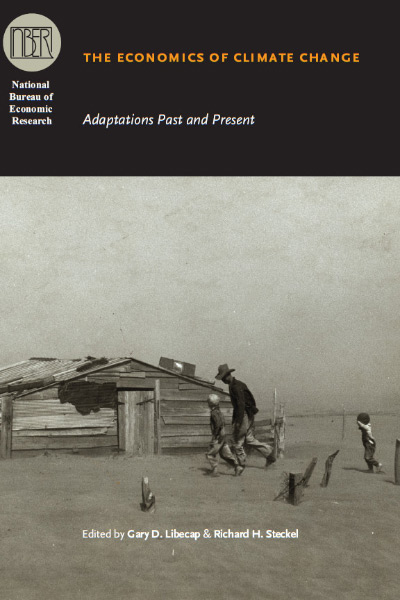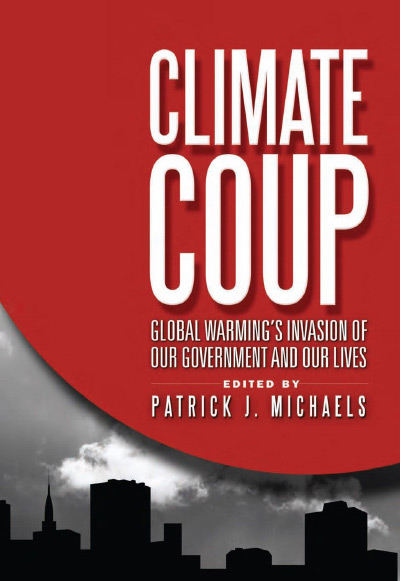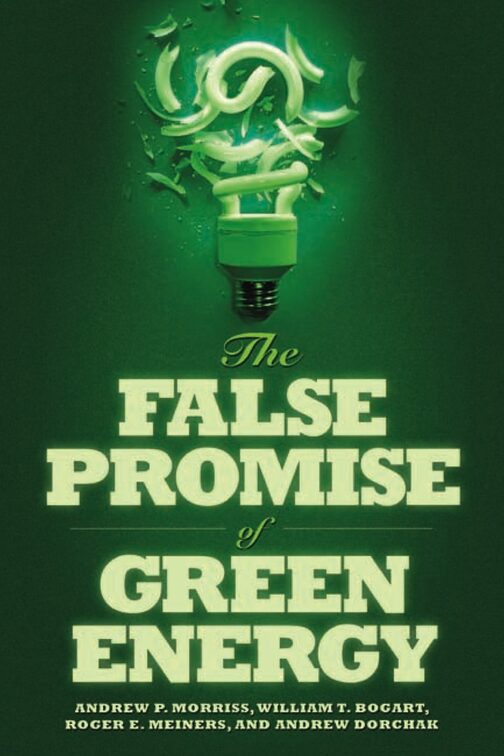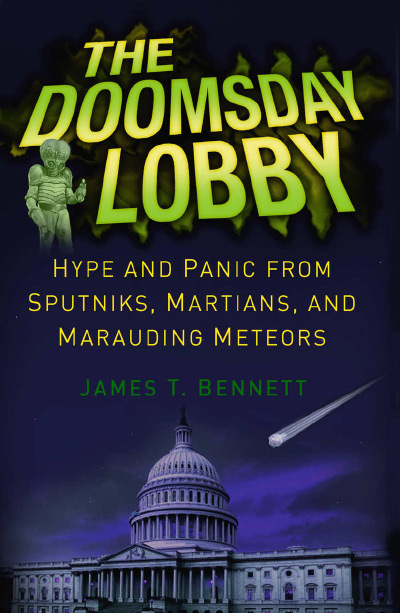Hope famously remained in Pandora’s jar after she had accidentally (really as the result of a clever set up by Zeus to punish Prometheus for stealing the secret of fire) released all kinds of evil into the world. There are conflicting interpretations of why hope remained in the jar in Hesiod’s telling of the story (1987, Theogony, Indianapolis, Ind.: Hackett Publishing Company). But at least according to some, hope is an attitude that leads man to act and therefore aids him in his struggle for a better future. The preservation of hope in the jar for man’s access was therefore a great benefit to humankind, at least according to Greek mythology.
In The Power of Hope, University of Maryland economist Carol Graham describes the empirical effects of hope or a lack thereof in similar terms. Hope is aspirational and connected to action. A lack of hope results in despair with potentially fatal consequences. In Graham’s assessment, the United States is exhibiting a crisis of hope. This crisis of hope, which leads to despair, is “eroding our civil society and democracy, damaging our health and longevity, and serving as a major drag on society’s productivity and potential” (p. 19). Graham argues that empirical measures of hope can serve as early warning signs for policy makers of impending well-being crises and subsequent deaths of despair. She suggests that policy based on measurements of hope as early warning signs could stave off systematic decreases in hope and help reverse a downward spiral by enabling individuals and communities to learn to have hope.
Chapter 2 situates the book’s discussion of hope in the broader well-being literature arguing that if “hope has strong channels to people’s future outcomes, then we need to know more about it if societies are going to use well-being metrics as policy tools” (p. 24). Graham reviews the literature on hope, delineating it from optimism. She clarifies that the connection between hope and improved socio-economic outcomes is the result of the agentic properties of hope. Hope is aspirational and active rather than merely optimistic yet passive. Much of the existing empirical research on hope documents significant differences in levels of hope between races and cultures. Holding income constant, for example, African Americans tend to have much higher levels of hope than whites. Graham cites the greater prevalence of shared narratives, communities, and churches, as well as “communities of empathy” (p. 36) as the potential explanation for this African American hope paradox. She also summarizes the literature on genetic causes as an alternative explanation for racial differences in observed levels of hope. The chapter concludes with the assertion that the decline in hope in the United States is a primary driver of the rise in deaths of despair, fentanyl overdoses, and the election of Donald Trump.
Chapter 3 reports the results of a previously published study by Graham and her co-author Julia Ruiz-Pozuelo on educational, occupational, and migration aspirations among young adults in a peri-urban development outside of Lima, Peru. The study relies on survey results collected in two waves ca. three years apart and finds that individuals who had higher aspirations for education, occupation, or migration in the first wave conducted in 2017 were more likely to be enrolled in higher education three years later. Educational aspirations in the study are measured as the level of education respondents said they would like to achieve; occupational aspirations as the type of occupation respondents said they wanted to achieve (ranked according to the International Labor Organization’s International Standard Classification of Occupations), and migratory aspirations coded respondents reported desire to migrate (based on distance, i.e. regional, domestic, international). The authors link this study with their work on hope by asserting that hope combined with agency are “core features of aspirations and the outcomes they lead to” (p. 75). They conclude that hope is a necessary feature in producing good economic outcomes for individuals.
Chapter 4 shows that in contrast to young Peruvians, many young white Americans lack aspirations to pursue higher education. Graham concludes that this lack of aspirations indicates a lack of hope. While 85% of Peruvian young adults had high aspirations, only two white respondents to a similar survey conducted in 2021 in St. Louis reported having hope and parental support for their aspirations. Roughly half of the sample of thirty-two high school students who responded to the mail-based survey were white, while most of the remaining respondents were African Americans. Results for African American students, however, were more similar to those Graham and her co-author had recorded for young adults in Peru: only three African American respondents reported having little hope and no parental support. Other noteworthy differences between African American and white respondents in the St. Louis surveys were that whites in this study were less likely to have a college-educated parent and their parents were less likely to be supportive of schooling beyond high school. Graham spends the remainder of the chapter connecting these preliminary results of her small sample size survey to the existing literature on despair and deaths of despair among low-income whites. This literature suggests that despair among white males in the U.S. may be a result of the decline of manufacturing, the disintegration of the family, and the disappearance of civil society institutions catering to white Americans. She concludes with the thought that this rise of despair among low-income whites is correlated with political radicalization, conspiracy theories, being a Trump supporter, the January 6th riots, and the decline of liberal democracy.
Chapter 5 reviews existing interventions intended to reverse the previously documented decline in hope. Graham argues that an effective effort to address the crisis of hope has to include both programs addressing mental health as well as programs seeking community revival. A basic step in addressing mental health is to reduce the uncertainties associated with extreme poverty. Beyond creating a foundational sense of economic security, Graham argues that programs targeting skill building and increasing awareness of economic opportunities among young adults are crucial. Finally, programs encouraging participation in the arts and outdoor activities are on her list of low-cost yet effective programs to revive community. Many of the specific programs she reviews have been implemented in the UK, where prime minister Theresa May even appointed a minister of loneliness to address the loneliness epidemic in the country. However, Graham cautions against top-down solutions to the hope and well-being crisis she discusses in this book and argues repeatedly that it is essential to involve the community in its own revival (p. 120). Finally, Graham suggests that an important avenue for combating the epidemic of despair is through public-private partnerships with employers who can directly benefit from having a happier workforce through productivity gains.
The rising morbidity and mortality among white Americans in midlife, which has been termed deaths of despair by Anne Case and Angus Deaton (2020, Deaths of Despair and the Future of Capitalism,Princeton, N.J.: Princeton University Press) is an important empirical trend which warrants investigation and analysis by social scientists. Carol Graham’s book importantly points to hope as the missing variable in the existing explanations for what may be going wrong in the lives of those affected by the despair epidemic. The book also explores many interesting questions that are worth further investigation.
Are educational or professional aspirations really a good measure of hope? If aspirations are related to hope, what is the channel by which they relate? And why is it that African Americans have greater levels of aspiration (and hope) despite the fact that their hope, historically, has not resulted in greater material wealth? Graham suggests at one point in her book that one potential explanation for the presence of greater levels of hope among African Americans is their greater involvement in churches and communities (p. 34). One possible explanation for the African American hope paradox could be this better integration of individuals into communities and churches.
In the Christian conception of hope, hope is the virtue by which individuals desire eternal life as their happiness relying not merely on their own strength (Catechism of the Catholic Church, 1817). This definition is significantly different from Hesiod’s (and Graham’s), because it goes beyond the idea of hope as the source of individual agency. Instead, the virtue of hope ties the individual to the afterlife and with the belief in the afterlife to a community. As a result, one can have hope despite the presence or lack of individual material success. Instead, the individual remains hopeful even in the face of economic distress because they are part of a community, and their individual fate is tied to something that transcends individual success.
| Other Independent Review articles by Diana W. Thomas | ||
| Winter 2024/25 | Applied Humanomics: Introduction to the Symposium | |
| Fall 2024 | Hannah’s Children: The Women Quietly Defying the Birth Dearth | |
| Spring 2024 | The Human Prosperity Project: Essays on Socialism and Free Market Capitalism from the Hoover Institution | |
| [View All (7)] | ||

